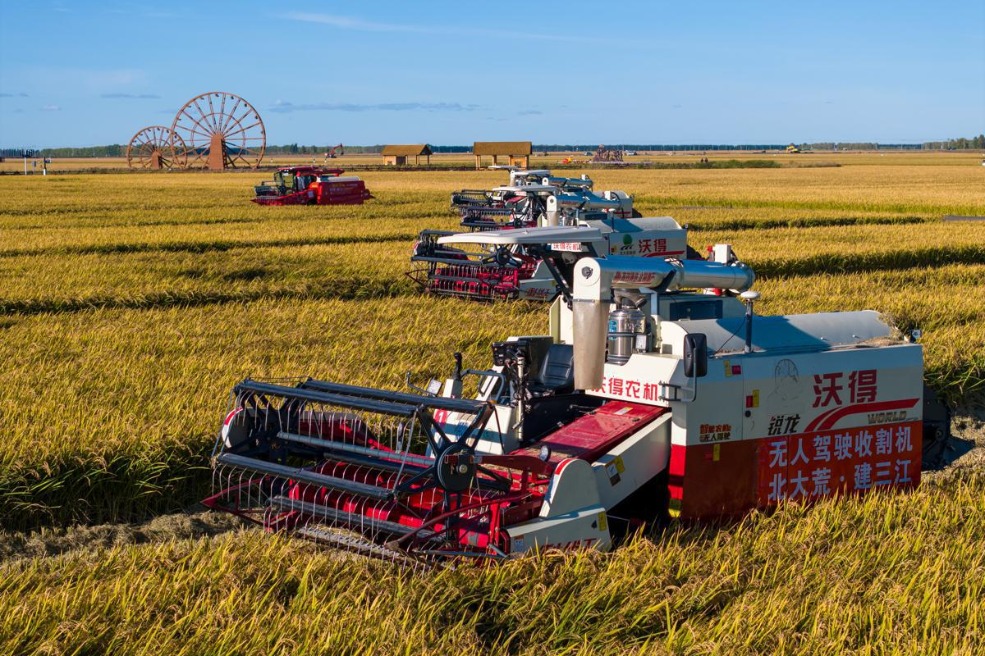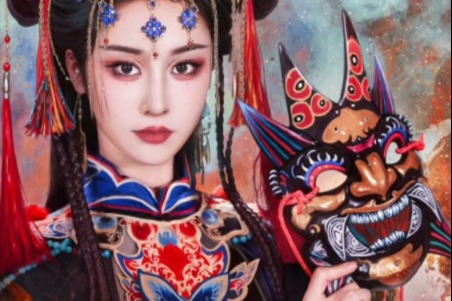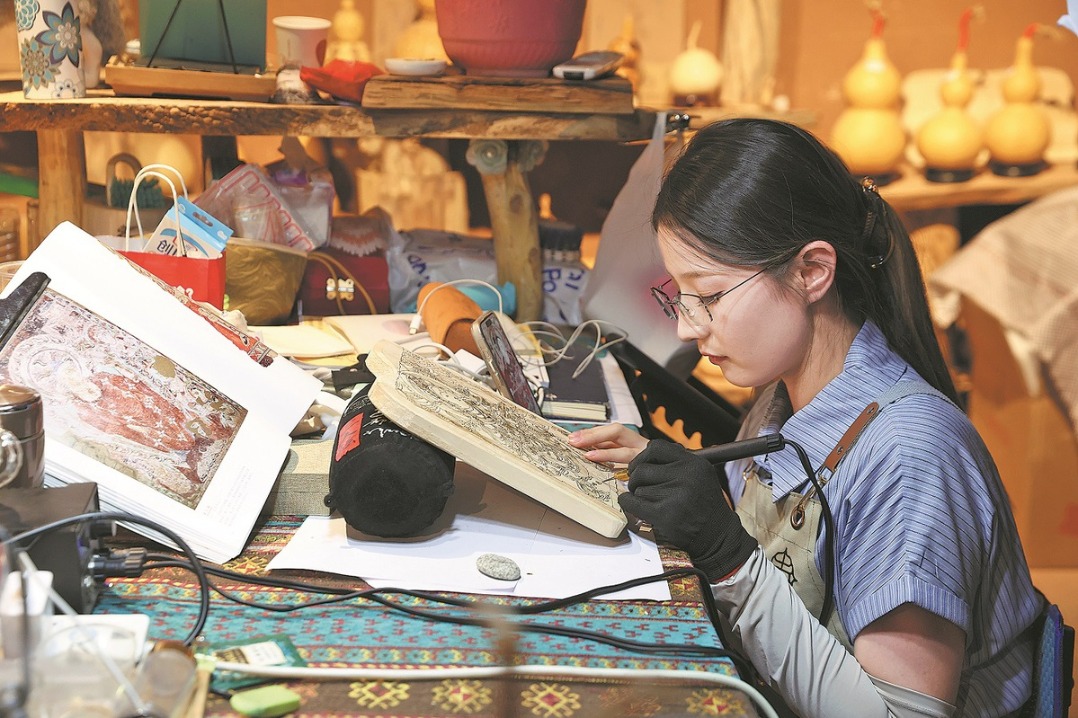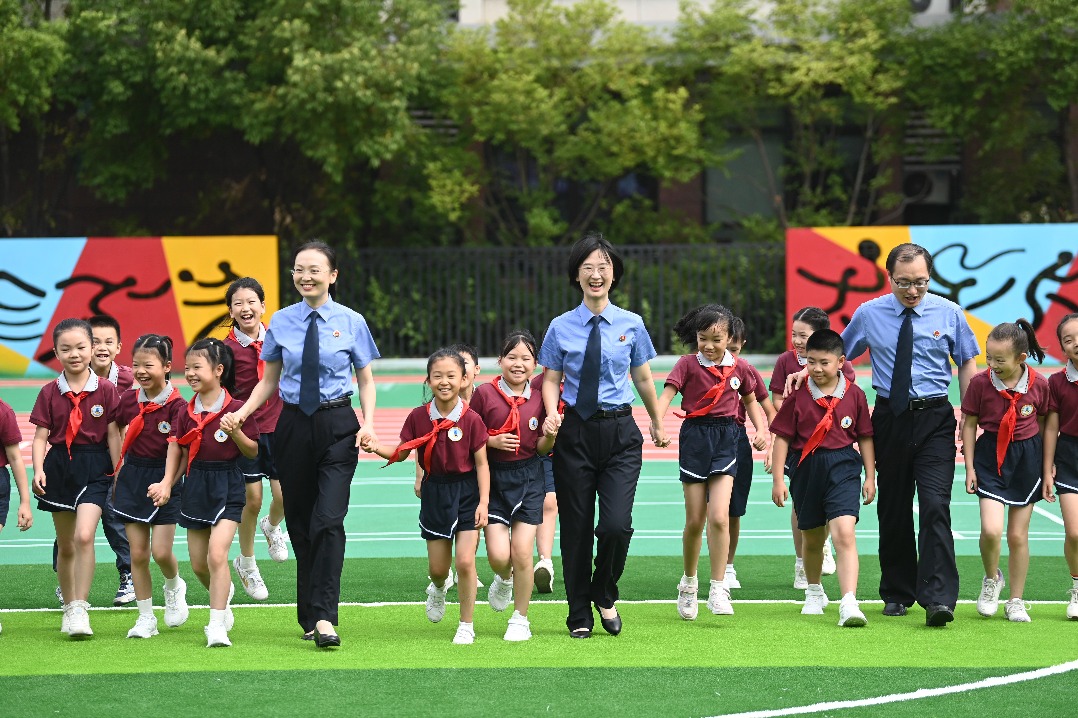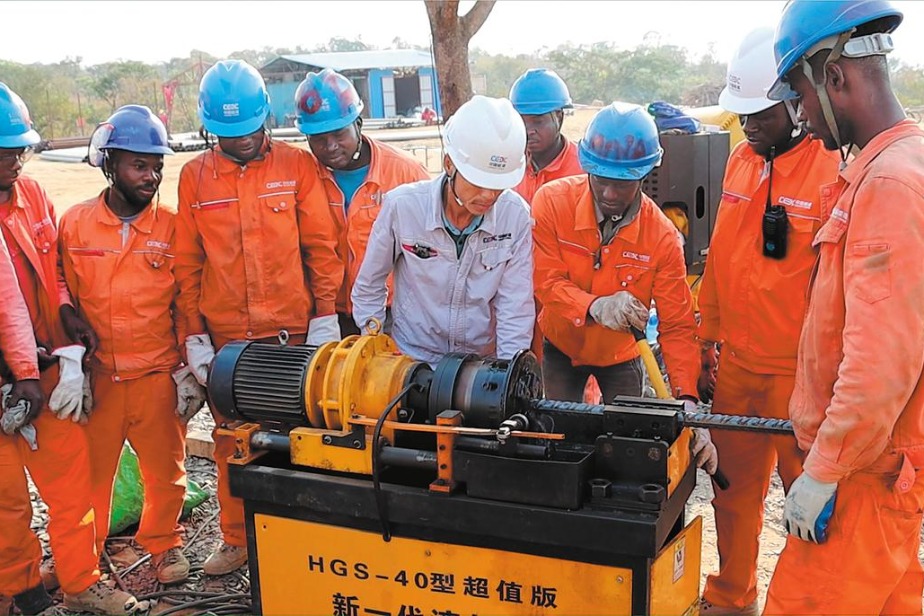Tea maker infuses cuppa with flavors from across both sides of the Strait

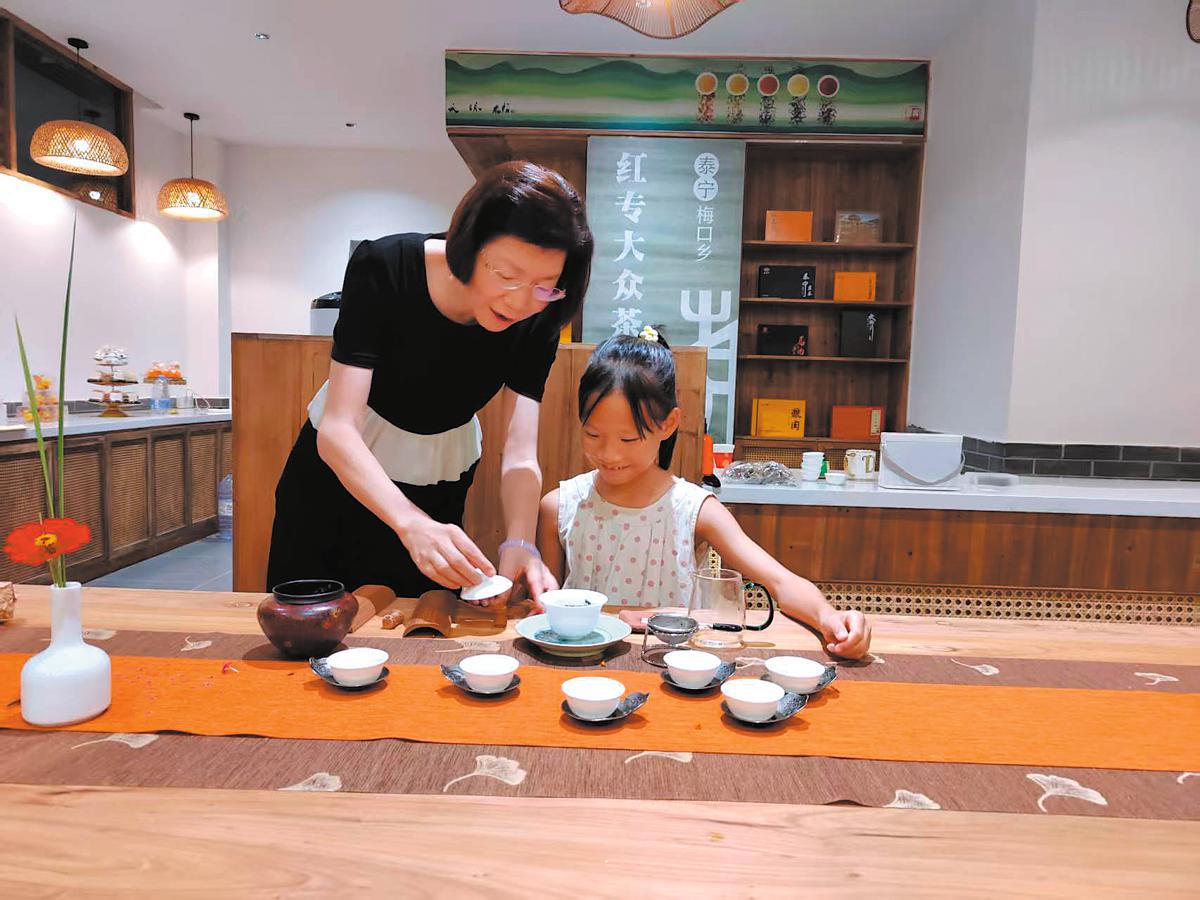
Tso Ru-yu has dedicated 50 of her 60 years to the promotion of tea culture across the Taiwan Strait, and in the process has learned that the culture of the Chinese people on both sides is steeped in tea.
Originally from Taichung, Taiwan, the birthplace of Oriental Beauty oolong tea, or Dongfang Meiren, Tso began learning the craft of tea-making at the age of 7. "My family has been making tea for generations, and I am the fourth-generation successor," she said. The roots of her family, some 100 years prior, go back to Guangdong province in South China.
After exhaustively studying Taiwan's tea categories, around 2009, Tso's passion led her to the Chinese mainland, where she explored tea-growing regions in Guangdong, Sichuan and Fujian provinces. "These areas carry a long history of tea cultivation," she said, expressing her admiration for the mainland's diverse tea varieties.
Around 2019, while visiting Fujian, Tso decided to settle in Meikou township in Taining county, a decision she described as a fateful encounter. "The village has a beautiful environment, clean water, and very kind people," she said. "It also reminds me of my hometown in Miaoli county, Taiwan. Though my childhood village has since been replaced by buildings, in Meikou I feel as if I've gone back in time."
Tso studied the local tea for about four years, and has watched Taining's tea industry develop. During that time, local officials encouraged her to remain and share her expertise.
Drawing on her experience in Taiwan, Tso developed a new tea-making process that integrates the characteristics of Oriental Beauty oolong, Taiwan's high-mountain oolong and Guangdong's Phoenix Dancong oolong. The result was a new variety named Taining kung fu tea, a blend that carries the essence of teas from across the Strait.
Last year, a local tea factory was established to produce Taining kung fu tea, creating dozens of jobs for villagers, particularly women. To boost productivity, the factory not only processes spring tea but also summer and autumn harvests, significantly increasing output.
Inspired by Tso, several of her friends from Taiwan have also chosen to settle in Taining, attracted by its natural beauty and opportunities. Today, more than 20 Taiwan-funded enterprises, mostly in agriculture, have invested in the county.
According to official data, Taining had 1,800 hectares of tea plantations last year, producing 1,500 metric tons of tea with an industry output value exceeding 180 million yuan ($25.3 million).
"The Chinese tea culture, which dates back to the Tang Dynasty (618-907) and Song Dynasty (960-1279), is the same in Taiwan and on the mainland," Tso said. "It is in our blood."
To help pass on this heritage, she also offers free classes for local villagers and students.
"Chinese tea art, with its thousands of years of history, has become an integral part of daily life and plays an important role on many occasions," she said.
Yet Tso worries that many young people today lack a deep understanding of authentic tea culture, and so she has dedicated herself to teaching a growing number of students and apprentices on both sides of the Strait.
Tso remains committed to a lifelong mission to preserve and pass down Chinese tea culture. "Our Chinese culture deserves to be inherited and cherished," she said.
Contact the writers at lishangyi@chinadaily.com.cn
- Tea maker infuses cuppa with flavors from across both sides of the Strait
- Old treasures write new chapters in history
- Attempts to rewrite history will never tear cultural roots
- Unity blooms across Xinjiang
- New finding may rewrite human family tree
- China beefs up climate response with new 2035 targets

















